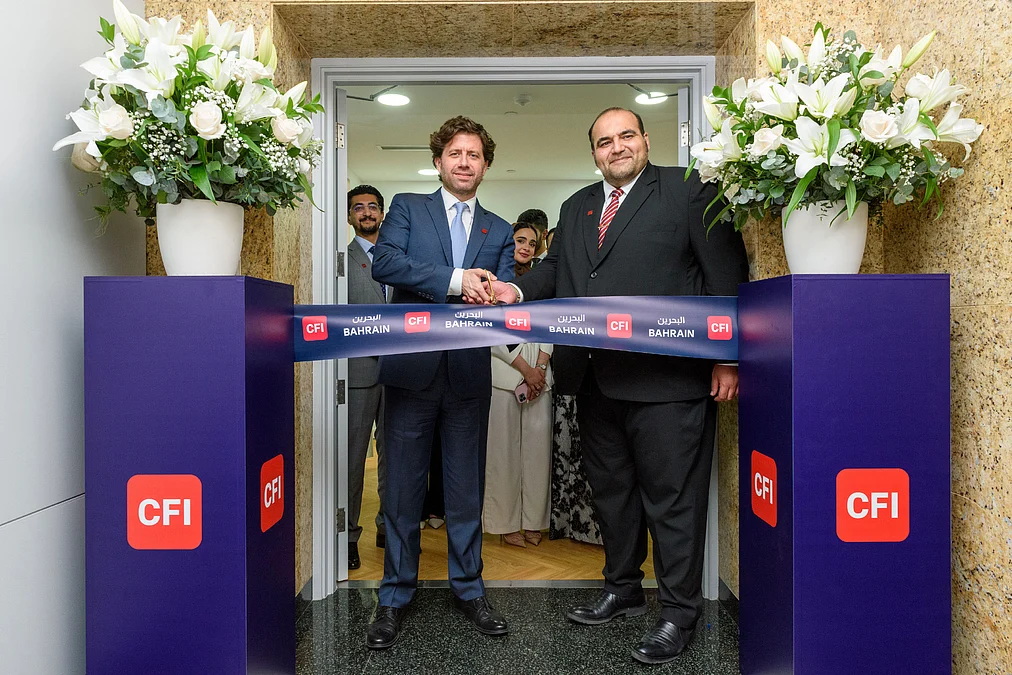Copyright Fast Company

Every year, companies worldwide replace millions of servers, storage systems, and network components—not because they’re broken, but because maintenance economics dictate it. After three to five years, manufacturer support costs spike, and critical firmware updates become tied to expensive original equipment manufacturer (OEM) maintenance contracts. This practice ensures quality and protects intellectual property, but it significantly shortens hardware lifespan—with measurable consequences for budgets and carbon footprints. A well-designed enterprise right-to-repair framework could be the key. This framework would guarantee organizations access to the parts, diagnostic tools, firmware, and service documentation needed to safely maintain and extend the life of their IT hardware—either directly from the OEM or via certified third parties—without being locked into specific maintenance contracts. THE CLIMATE FACTOR: WHY EVERY ADDITIONAL YEAR COUNTS The manufacturing process accounts for the vast majority of a server’s carbon footprint—according to Dell’s lifecycle assessment, up to 83% of total emissions. This makes lifecycle extension the single most impactful lever for CO2 reduction in IT hardware. Subscribe to the Daily newsletter.Fast Company's trending stories delivered to you every day Privacy Policy | Fast Company Newsletters The global server market ships approximately 12 million units annually. If we estimate that just 10% of these servers extended their lifespan from four to six years, that would avoid new production of 1.2 million servers, saving 5.8 million tons of CO2e. It would reduce carbon emissions by the equivalent of 630,000 households. For a mid-sized company with 200 servers, extending lifespan from four to six years means reducing CO2 by 161 tons, saving $650,000 to $850,000 in hardware costs. HOW EVERYONE CAN BENEFIT The solution isn’t confrontation, but creating new, profitable business models for all stakeholders. OEMs have valid concerns: Decoupling critical firmware from certified support could lead to system instability, security vulnerabilities, and brand damage if poorly managed. A successful enterprise right-to-repair framework must address these risks through robust certification programs for third-party providers and clear liability definitions. This ensures flexibility without compromising enterprise-grade reliability. With these safeguards, three new models become possible for OEMs 1. Firmware-as-a-Service (FaaS) Instead of tying firmware updates to maintenance contracts, OEMs could offer them as standalone, subscription services. 2. Certified partner programs OEMs could train and certify third-party providers, setting quality standards while earning licensing fees. 3. Official parts marketplace An OEM-operated marketplace for verified spare parts with core return programs creates new revenue streams and ensures material recovery. Enterprises also gain more flexible budget planning through predictable maintenance costs, improved ESG scores through measurable CO2 reduction, higher availability through expanded service options, and have innovation budgets freed up for truly necessary upgrades. Third-party maintenance providers benefit too: They get a clear, OEM‑approved path to do the work, access to the right manuals, diagnostic software, and genuine spare parts, and they can operate through official channels instead of relying on the “gray market”—unofficial, hard‑to‑verify sources. These mutual benefits aren’t theoretical—they require concrete action from all stakeholders. advertisement THE PATH FORWARD: PRACTICAL FIRST STEPS For Enterprises (immediately actionable): Request firmware roadmaps and third-party repair options in RFPs Start pilot projects with 10-20% of server fleet Include CO2 savings from extended use in ESG reports For OEMs (6-12 months): Develop and test firmware subscription models Establish partner certification programs Use transparent lifecycle CO2 data as competitive advantage For Policymakers (medium-term): Incentivize repairability in green public procurement guidelines Standardize repairability indices Promote circular economy models in IT A GLIMPSE INTO THE FUTURE Using IDC’s Worldwide Quarterly Server Tracker shipment data and a conservative four-year replacement cycle, the global installed base will be on the order of 50 million servers by 2025. If enterprise right-to-repair extends just 20% of these servers by two years: It would avoid 48.3 million tons of CO2e, which is equivalent to the annual emissions of 5.2 million households It would save $40 billion in hardware investments It could create $5-$10 billion in new service markets annually This vision isn’t utopian. It simply requires courage to evolve existing business models. This transformation has hurdles. It requires developing industry-wide standards for repairability metrics like the Enterprise Repairability Index (ERI). Furthermore, it involves complex negotiations over access to diagnostic tools and intellectual property. For enterprises, it demands a cultural shift in procurement and IT operations, moving away from simplified refresh cycles towards a more active lifecycle management. THE BUSINESS CASE IS CLEAR The enormous manufacturing emissions of modern servers with large SSD capacities make lifecycle extension the most important climate lever in IT. Each avoided server refresh saves nearly 5 tons of CO2e—more than most other IT sustainability measures combined. The question isn’t whether the IT maintenance landscape will change, but who will shape the transformation. Companies taking the lead now—whether OEMs, operators, or service providers—will set tomorrow’s standards. Enterprise right-to-repair isn’t a threat to established business models. It’s the opportunity to future-proof them. Those who understand this will lead in the new era of sustainable IT. Yusuf Sar is the founder and CEO of Hardwarewartung24GmbH.



